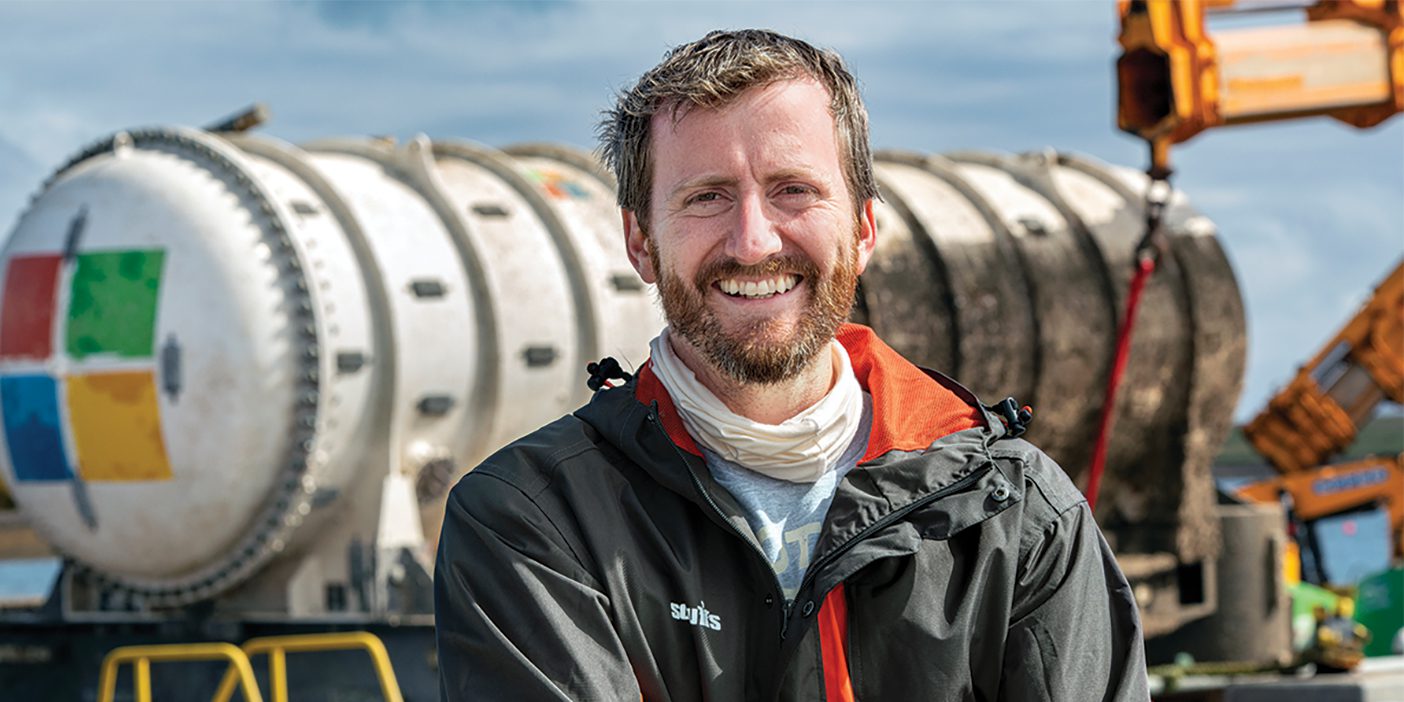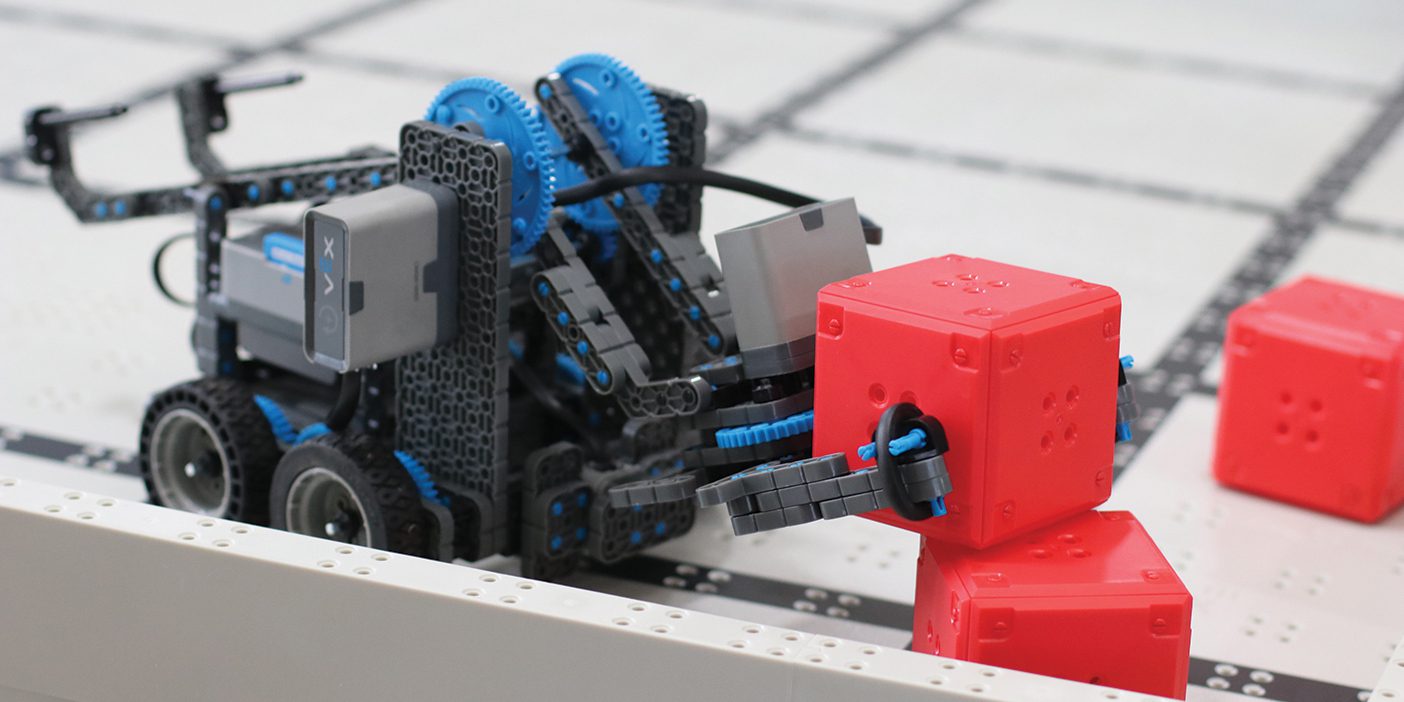Dropping servers into the deep blue is a better idea than it sounds.

Computers and water don’t mix, right? Spencer G. Fowers (BS ’06, MS ’08, PhD ’12) would beg to differ. A special-projects engineer at Microsoft, the BYU grad has spent the last seven years working to see how data centers would fare under the sea—part of Microsoft’s goal to be carbon negative by 2030. He recently returned from Scotland’s Orkney Islands, where his team studied a prototype underwater data center run entirely by wind and tidal power.
Data centers are energy hogs, and much of that power goes to cooling servers. “Water has more than 1,000 times the heat capacity of air,” says Fowers. “It can absorb a lot of energy without even changing the temperature of water a measurable amount.” His team engineered banks of servers to fit inside a sealed tube, filled the capsule with nitrogen gas, and lowered it 117 feet to the seafloor. Then they watched for two years.
What they found was surprising: not only did the data center consume far less power, but with reduced heat, oxidation, and jostling, the server failure rate dropped to an eighth of that found in land-based data centers. It was “a notable success,” according to University of Washington engineer Geoff Cram. “With its clever engineering, . . . this prototype operated more reliably than a terrestrial data center right out of the gate.”
This is just the start, says Fowers. “There’s a lot more to learn . . . , either to build more undersea data centers or to improve land-based data centers.”












